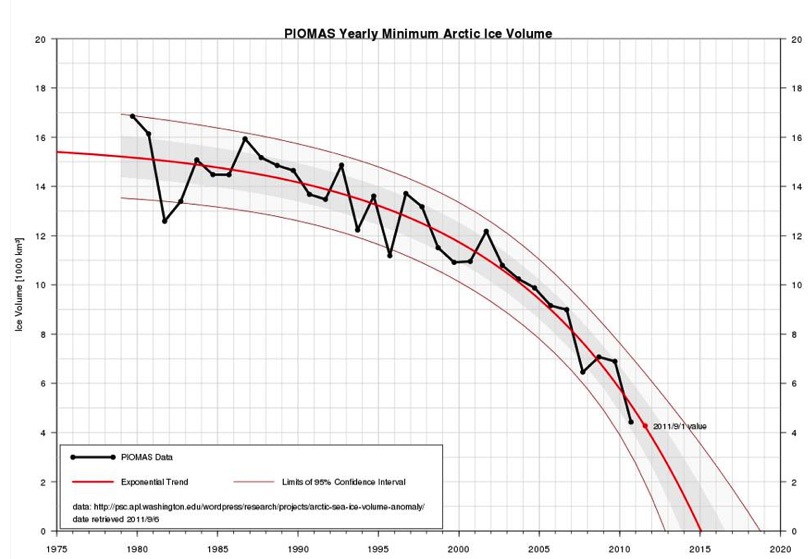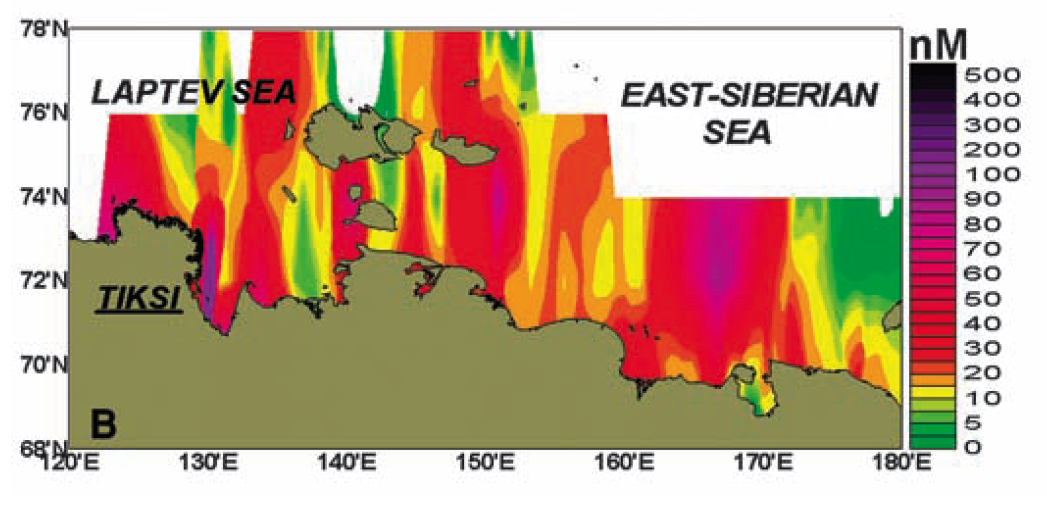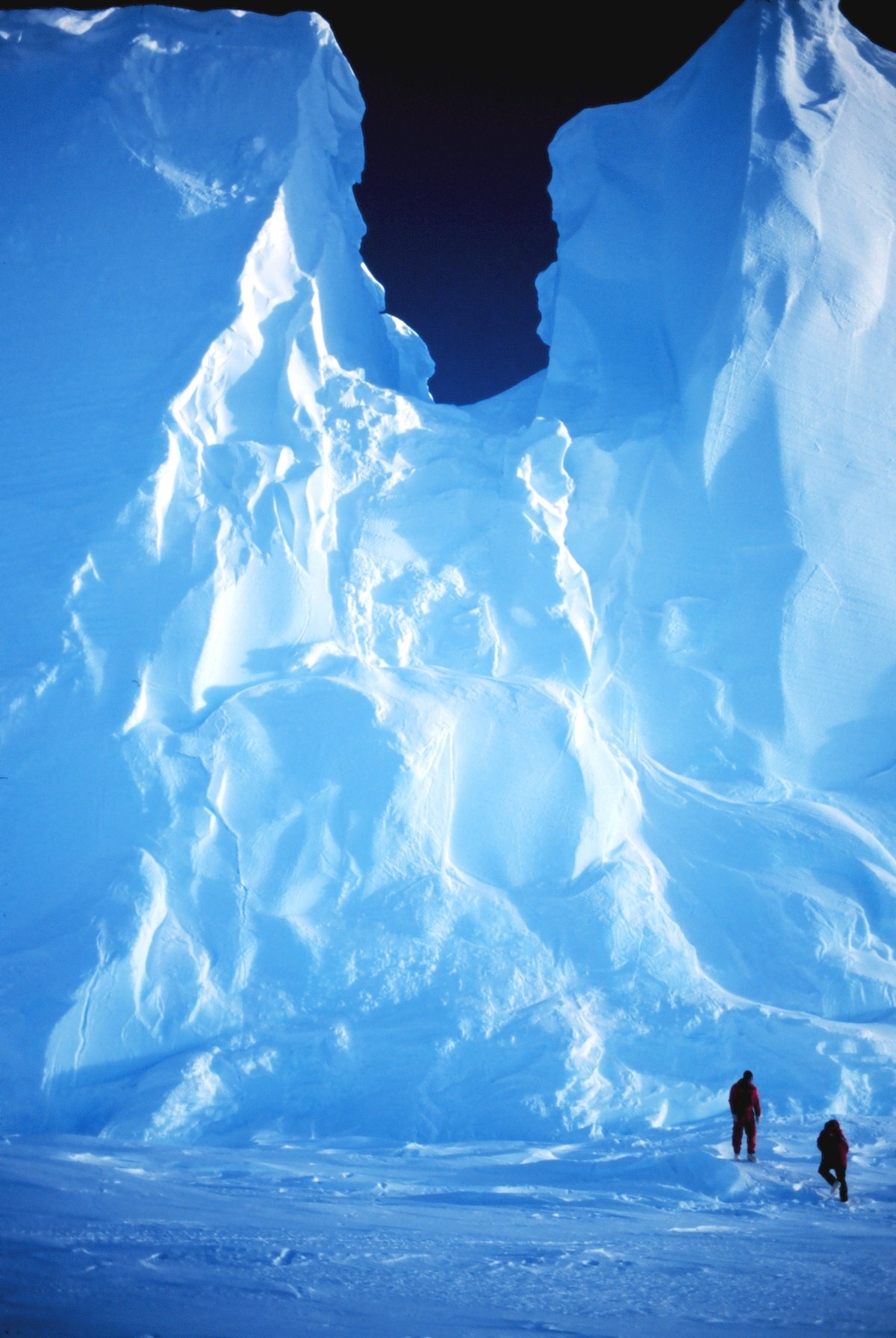It’s true we’re on the wrong track, but we’re compensating for this short-coming by accelerating. – Stanislav Lec
In an article entitled Game over for the climate published in the New York Times last week, climatologist James Hansen, director of the NASA Goddard Institute for Space Studies, drew an environmental line in the sand:
“If Canada proceeds, and we do nothing, it will be game over for the climate. Canada’s tar sands, deposits of sand saturated with bitumen, contain twice the amount of carbon dioxide emitted by global oil use in our entire history. If we were to fully exploit this new oil source, and continue to burn our conventional oil, gas and coal supplies, concentrations of carbon dioxide in the atmosphere eventually would reach levels higher than in the Pliocene era, more than 2.5 million years ago, when sea level was at least 50 feet higher than it is now. That level of heat-trapping gases would assure that the disintegration of the ice sheets would accelerate out of control. Sea levels would rise and destroy coastal cities. Global temperatures would become intolerable. Twenty to 50 percent of the planet’s species would be driven to extinction. Civilization would be at risk.”
A stark warning indeed. But, is it warranted? Note that quite a lot of fossil-fuel use is rolled into the above paragraph. Hansen posits that all the fossil fuels deposits in the tar sands would be exploited and we “continue to burn our conventional oil, gas and coal supplies” (presumably at the same pace), and “we do nothing.”
A recent study published in Nature Climate Change by climatologists Neil Swart and Andrew Weaver from the University of Victoria, found that the utilization of all the estimated 1.8 trillion barrels of oil in the bitumen tar sands would cause a global temperature increase of 0.36ºC. This may seem like a tiny amount, but it’s actually huge, equivalent to almost half of the observed global warming over the past century (0.76ºC).
The catch here is the word “all.” All is a lot. However, only about 170 billion barrels of that oil are currently economically viable to recover, although “economically viable” is itself a moving target dependent on the price of oil. “Viable” takes on a whole new meaning at $150 per barrel then it does at $100 per barrel. In any event, considering only the presently “economically viable” fraction of the reserves would reduce the warming potential by about tenfold. Note, however, that the utilization of the bitumen sands is only one of the many factors highlighted by Hansen. Indeed, Swart and Weaver’s study points out that the global warming potential of utilizing “all” of the world’s coal reserves is over 41 times as great as that of the entire bitumen sands. If all of this coal were to be combusted it would increase global temperature by 14.79ºC and civilization would not merely be at risk — it would with certainty end.
On the one hand, what this highlights is that there is considerable complexity with respect to projecting exactly what will transpire and how quickly, not so much because we lack climatic models and information, but because it’s hard to project what human societies will do faced with rising fossil fuel prices, a deteriorating climate, and political leaders whose heads are mired, to variable degrees, in the sand. The science is getting better by the day — but are we?
But if we are uncertain, should that lessen our concern? Not an iota. Taking a different approach, rather than focusing on future projections, let’s look at what’s happening right now. Let’s examine two examples: ice and gas.
ICE

Arctic sea ice is melting. Fast. Information gathered by the Panarctic Ice Ocean Modeling and Assimilation System (PIOMAS) program of the Polar Science Center of the University of Washington clearly shows that the decline is trending towards the complete annual disappearance of Arctic sea ice by 2015-2019. This is far more rapidly than climatologists had hitherto feared. As recently as the 2007 Intergovernmental Panel on Climate Change fourth assessment report, the earliest projection for when the Arctic would become ice-free in the summer was sometime between 2050 and well into the twenty-second century. This rapid warming in the polar regions of the earth has enormous repercussions, not only on where seals will whelp, polar bears feed, and how caribou will survive, but on the fate of the world. The Greenland ice cap contains 2.85 million cubic kilometres of ice. Were it to melt, it would raise sea levels worldwide by 7.2 meters, putting vast tracts of the world’s coastal areas, where a preponderance of the world’s population lives, under water. It’s almost impossible to envision the social, economic, and environmental consequences of such a situation. “Civilization at risk” is not an understatement. Climatologists Alexander Robinson, Reinhard Calov, and Andrey Ganopolski from the Potsdam Institute for Climate Impact Research have shown that a global temperature increase of only 1.6ºC is sufficient to destabilize the Greenland ice sheet and lead to its complete melting. Remember, we’ve already increased global temperature by 0.76ºC from pre-industrial levels — we’re 48% of the way there.
Gas
Specifically methane. It doesn’t just come from cow flatulence. There are billions of tons of methane and methyl hydrates in the Arctic. The United States Geological Service estimates that there’s twice as much burnable carbon to be found in methyl hydrates as in all other known fossil fuel deposits on the planet. They are created by the decomposition of deposits of peat and are found both underground and on the continental shelf where layers of permafrost and/or cold water caps the gas and prevents it from escaping, or keeps the methyl hydrates in a frozen crystalline form. Methane is of great concern because it is a very powerful greenhouse gas, having 25 times the greenhouse potential of carbon dioxide (based on a 100 year atmospheric residence time, the common standard used by regulators). It packs a lot of punch when it comes to climate change. And guess what? Methane is leaking from the arctic at unprecedented rates.

Natalia Shakhova and her colleagues at Pacific Oceanological Institute in Vladivostok, Russia have been studying the waters over Russian continental shelf in the Laptev, Chukchi, and East Siberian seas portion of the Arctic Ocean. They have discovered that over 80% of the bottom waters in this vast region are supersaturated with methane. Although sub-sea permafrost is believed to act as a “lid” to keep such shallow methane reservoirs in place, warming of the waters in the Arctic ocean appears to have “perforated” the lid allowing extensive methane venting. Shakhova and her colleagues concluded that the release of even a small fraction of the methane contained in these sediments could trigger abrupt, runaway climate warming. Other scientists in Svalbard (Spitzbergen) and in Barrow Alaska have been documenting continuously rising levels in atmospheric methane. This situation has led the Arctic Methane Emergency Group to issue a “Declaration of Emergency”:
“We declare there now exists an extremely high international security risk from abrupt and runaway global warming being triggered by the end-summer collapse of Arctic sea ice towards a fraction of the current record and release of huge quantities of methane gas from the seabed. Such global warming would lead at first to worldwide crop failures but ultimately and inexorably to the collapse of civilization as we know it. This colossal threat demands an immediate emergency scale response to cool the Arctic and save the sea ice.”
With scientists such James Hansen warning that 50 per cent of plant species could become extinct and that human civilization is at risk, and the Arctic Emergency Methane Group warning of worldwide crop failures and the collapse of civilization, one might reasonably expect that politicians would respond with serious attention — and action. So, why is the silence deafening?
Investigative journalist William Marsden in his book Fools Rule: Inside the Failed Politics of Climate Change points out that there are already over 400 known oil and gas fields north of the Arctic Circle, mostly in Russia and north of Alaska. These known reserves are estimated to contain 40 billion barrels of oil and 1,136 trillion cubic feet of natural gas. Furthermore, the United States Geological Survey (USGS) estimates that there are upwards of 90 billion barrels of oil, 1,670 trillion cubic feet of natural gas, and 44 billion barrels of natural gas liquids still remaining to be discovered (these, presumably, are in the Rumsfeldian category of “known unknowns” — there may be further “unknown unknowns” as well). And that’s just the beginning.
The USGS also estimates that there is twice as much burnable carbon locked up in frozen methyl hydrates in the Arctic as in all other known fossil fuel deposits worldwide. Thus, as ecologist Holly Moeller has written “since methane gas burns hot and clean — giving off 33 percent more energy per carbon dioxide molecule emitted as petroleum, without the nasty nitrogen and sulphur oxides that come from coal — ears around the world have perked up.” Marsden has pointed out that a frenzy of oil exploration in the Canadian arctic and off the coast of Greenland began in the 1960s (fuelled largely by billions in taxpayer dollars) but came to an end in the late 1980s largely because of high costs and the frigid, ice-bound, arctic climate. Now, as the Arctic Ocean edges ever closer to being ice free, and fossil fuels prices have skyrocketed [in 1960 oil sold for about $18 per barrel; it currently fluctuates around $100 per barrel] past obstacles to exploiting these resources are literally and figuratively melting away.
The HIV/AIDS activist community espoused the slogan “silence = death”, however in the case of climate change silence = greed which then = death. As the foregoing discussion makes clear, the overarching problems of exploiting these arctic hydrocarbons (aside from collateral damage such as the lives of indigenous northern peoples, polar bears, seals, caribou, etc.) is that the world is already perilous close to temperature changes that will lead to catastrophic consequences (such as the potential destabilization of the Greenland ice cap) and runaway climate change (driven by both carbon dioxide and methane). Further activity which leads to the emission of even more greenhouse gases will simply speed the process, a folly worthy of Stanislav Lec’s observation that, “It’s true we’re on the wrong track, but we’re compensating for this short-coming by accelerating.”
No one imagines that changing the basis of a society constructed on the precepts of the wasteful use of cheap energy will be a simple or easy process. But the more quickly and pro-actively we embrace it, the easier the transition and the better the outcome. The next pool of hydrocarbons is always a seductive temptation, the more so because as prices rise, so do short-term profits. But every step we take in that direction, takes us further from a sustainable future based on renewable energy. Every investment in mining, extraction, drilling, pipelines, refining, and distribution technologies, is not only throwing good money after bad, it also weds us to an expensive infrastructure that craves further fuel to slake the unquenchable thirst of its CEOs and shareholders. There are ample indications we are nearing a precipice, yet too many of our political leaders are increasing the pace at which we are rushing towards it.
If we don’t bring this to an end, it will bring us to the end.
Christopher Majka is an ecologist, environmentalist, policy analyst, and writer. He is the director of Natural History Resources and Democracy: Vox Populi.



